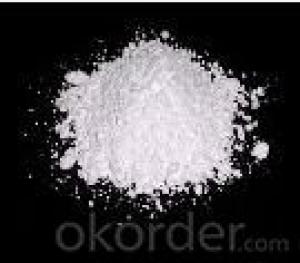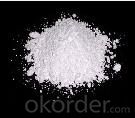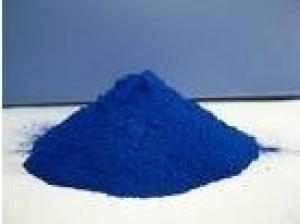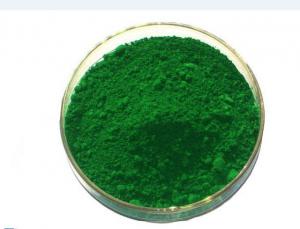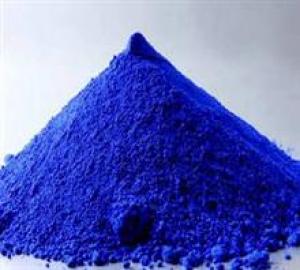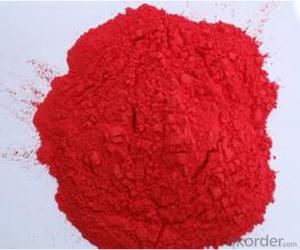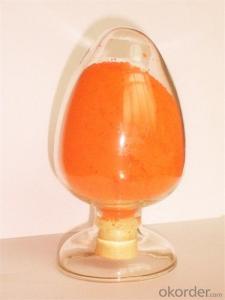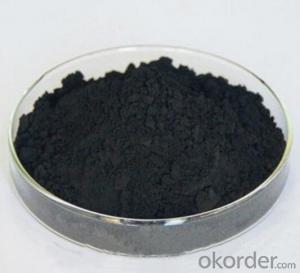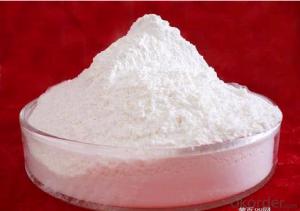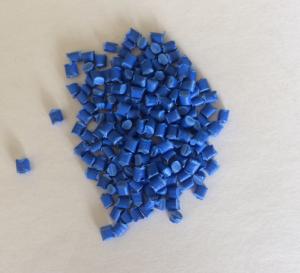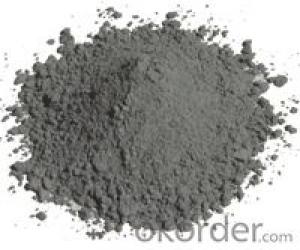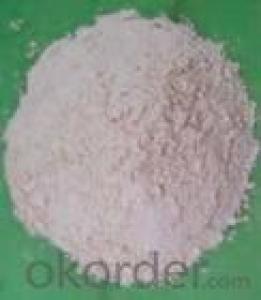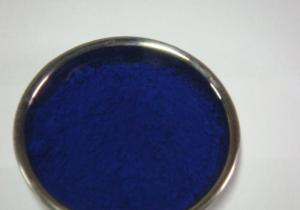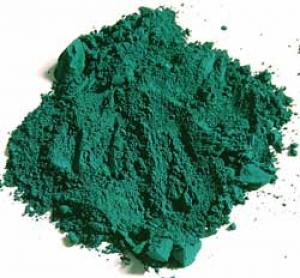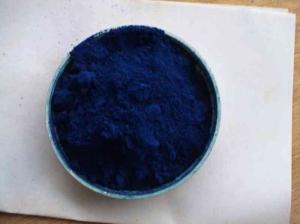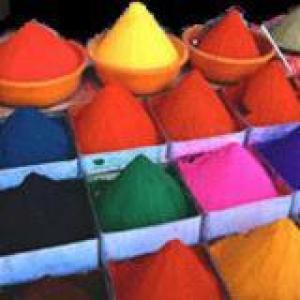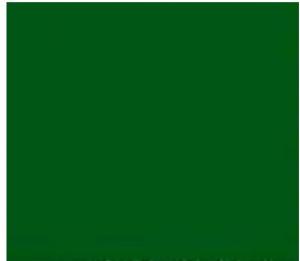Iron-titanium compound powder 404
- Loading Port:
- China Main Port
- Payment Terms:
- TT OR LC
- Min Order Qty:
- -
- Supply Capability:
- -
OKorder Service Pledge
OKorder Financial Service
You Might Also Like
Quick Details
Use: Suitable for aqueous, oily and various types of base materials to produce nontoxic antirust paint, primer and integrated antirust paint.
Performance
1. Compared with other antirust paints, it has significantly improved dispersibility, paint stability, antisinking property and antirust performance. For it is bright white powder, it can be used to produce high grade antirust paints in any hue with the better performance than 303 antirust paint.
2. 404 composite antirust pigment, significant cost performance, can greatly reduce the production cost of antirust paint.
3. 404 composite antirust pigment contains no heavy metal and is a completely environmentally friendly non-toxic product. It is easy to use by spraying or brushing and is an ideal new antirust product.
Specifications
Technical index
Item Index Appearance white powder Sieve residue (sieve mesh-400)%≤ 1 Density 27℃ g/cm3 3~4 Oil absorption g/100g ≤ 10~25 Water solubles g/100g ≤ 1 Volatile matter (105℃)%≤ 1 Aqueous suspension PH value 7.0~9.5 Phosphorus pentoxide% ≥ 13
Using method
Produce based on conventional antirust paint production process.
Recommended dosage
Recommended dosage is 20%-40%.
Packing
Double-layer plastic packaging, 25kg/bag - 40kg/bag.
Storage
Keep ventilated and dry, it can be stored for a year without deterioration
- Q: Please and thank you, it doesn't say so on the website.
- Mac Pigment Ingredients
- Q: Can some one suggest chemical pigments that can be easily made from chemicals available in a chemistry lab for a project?I need the name of the pigment, reactants required and chemical equations of reactions involved.I need atleast 5 pigments
- Some pigments easy to make in a school laboratory: 1) Calcium carbonate: Mix solutions of calcium chloride and sodium carbonate : CaCl2(aq) + Na2CO3(aq) → CaCO3(s) + 2NaCl(aq) filter off and dry the calcium carbonate 2) Barium carbonate Exactly as above , but start with barium chloride 3) Calcium sulphate Mix solutions of calcium chloride and sodium sulphate: CaCl2(aq) + Na2SO4(aq) → CaSO4(s) + 2NaCl 4) Barium sulphate Use barium chloride instead of calcium chloride . 5) Satin white is another interesting pigment: Mix solutions of aluminium sulphate and calcium hydroxide with strong stirring , You get a paste which is a mixture of aluminium hydroxide and calcium sulphate . There is no specific formula because what you get depends on how you mix. Do not try and dry this out to get a dry pigment - it does not work. There are 5 white pigments that you can easily make - but remember to wear proper protective clothing when working with all chemicals
- Q: what are the accessory pigments in plant photosynthesis?
- Vle Havant
- Q: What is the role of pigment in photosynthesis photosynthesis ?
- Photosynthesis can't happen without the pigment chlorophyll (which is green and is why leaves and stuff are green). Chlorophyll is found in chloroplasts, an organelle in plant cells. Chlorophyll harnesses the sunlight's energy in order to split water (into hydrogen pairs and oxygen) so it can be used in the photosynthesis process (ie. in order to make glucose, the food source for plants). Hope this helps! :D
- Q: can pigment ink be used to tattoo?
- Pigment ink? Tattoo ink is pigment ink. Printer ink is pigment ink. Crayola markers are pigment ink. It all comes down to what it's manufactured for and whom is doing the manufacturing. Reputable shops use certain brands of tattoo ink for a reason. Using something not made for the human body at all makes for an ugly tattoo and can cause infections or other problems seeing as nothing in it's manufacturing process is sanitary or compatible with use in skin.
- Q: What are iridescent magnetic effect pigments?
- Iridescent okorder /... (really long explanation)
- Q: I have dyed my hair dark brown for months now it keeps fading because i've had bleach on before hand, so I need some advice on buying decent hair dyes for pre-pigmenting it so my hair dye stops fading out into a horrible gingery brown!
- Pre Pigmenting Will Help Prevent Fading But, You Said Your Hair Had Been Bleached Before. So, You May Need Some DEEP Protien Reconditioning Too. Start By Using A Good Protien Treatment After Every Shampoo. Then, Use A Color Treatment Like ARCtec (Found In Salons And Beauty Supplies) This Will Build-Up The Hair's Pigment Levels. There Are Also Pre-Color Treatments Like L'OREAL Pre-Color Primer, That Will Help Color To Take More Evenly And Last Much Longer. Also, Try MATRIX ForteThérapie Cera-Repair. It Contains Ceramides, Which Are The Glue That Hold Hair And Skin Cells Together. With The Internal Structure And Surface Cells On The Hair (The Cuticle) Reinforced, Your Color WILL Last Longer.
- Q: what is one reason why plants have accessory pigment molecules like chlorophyll b and carotenoids?
- Pigments in plant biology are actually (as you may know) long-chain conjugated systems which absorb light at specific frequencies. This specificity is largely due to the morphological and physical features of each pigment molecule. Since Chlorophyll a only absorbs well at wavelengths of about 400-450 nm and 650-700 nm a plant empowered with only this photosynthetic molecule would have an extremely limited range of spectral absorption. This is where the accessory pigments come in. Chlorophyll b's absorption peaks at 450-500 nm and 600-650 nm and Xanthophyll's at around 400-530 nm, allowing for a much wider absorption range. Carotenes contribute to photosynthesis by transmitting the light energy they absorb from chlorophyll back into the energetic system. None of the pigments, absorb well in the green-yellow region which is largely responsible for the abundance of greens we see throughout nature. The five main pigments are: Chlorophyll a - a blue-green pigment Chlorophyll b - a yellow-green pigment Carotene - an orange pigment Xanthophyll - a yellow pigment Phaeophytin a - a gray-brown pigment Phaeophytin b - a yellow-brown pigment A good illustration of this concept can be found in this graph of Photosynthetically Active Radiation, illustrating the absorption peaks of all the molecules: upload.wikimedia.org/wikipedia/co...
- Q: What are MAC pigments?
- ive heard of them, and all that glitters on youtube shows you how to press them and make them into eyeshadow by heating them and stuff. Its basically eyeshadow that is not pressed yet.
Send your message to us
Iron-titanium compound powder 404
- Loading Port:
- China Main Port
- Payment Terms:
- TT OR LC
- Min Order Qty:
- -
- Supply Capability:
- -
OKorder Service Pledge
OKorder Financial Service
Similar products
Hot products
Hot Searches
Related keywords
